This is my second short article based on the family’s quite extensive scrapbook collection of photos and information about my grandfather James Leslie Starkey and his work as an archaeologist, with his colleagues Olga Tuffnell and Gerald Lankester Harding. My first post was on Leslie’s sister Olive and her contributions to Lachish based back home in England. This post discusses the team’s lives in camp, what their accommodation was like, how they lived and entertained themselves when not busy with actual archaeology. I have also included brief personal references to my family where applicable - Leslie, his wife Marjorie, known as Madge, and their children – John, Mary (my mother) and Jane. I hope you will find it of interest.
As the Institute of Archaeology are putting up blogposts on Gerald Lankester Harding’s private films, which they have recently acquired, I thought my articles would complement them and hopefully will link together to form the bigger picture. Amara Thornton has already touched upon the social lives in her post "Introducing Gerald Lankester Harding". I am sure there are more in the pipeline revealing yet more aspects of their lives!
* * * *
The accommodation on offer at the various digs hitherto had been for the most part rather basic – Flinders Petrie’s camps certainly weren’t known for being lavish. But what a difference when it came to Lachish – a Rolls Royce of camps in comparison, with the generous funding initially from Harris Dunscombe Colt and Sir Henry Wellcome, and later from Sir Charles Marston and Sir Robert Mond (and then finally by the Wellcome Trust completely). To begin with the accommodation was more modest, starting off in tents, but each year the Dig Site expanded and improved.
The Camp had an excellent cook, Mohammed Kreti, who had abandoned the Petries to be at Lachish (he had worked for them since he was a boy). Mohammed Kreti usually managed to obtain a good selection of food, including meat and fish and vegetables, as well as a decent variety of fruit which they supplemented with tinned food. Visitors also helped out in the kitchen from time to time, becoming self-appointed Housekeepers keeping a general eye on the domestic side of things, and a Mrs. Stingies apparently made marvellous cakes with a new fangled instrument which turned butter into cream.
When the team were working for Petrie and at Lachish, they would go on expeditions and trips to local sites of interest and to village entertainments. When they could they would go bathing, especially when they were based at Gaza. From Lachish they also sometimes bathed at Askelon (the river emptying into the nearby estuary at Ashdod is now called the River Lachish), as well as in the flooded wadi at Lachish itself in the rainy season.
When they were in Jerusalem they often stayed and dined at the Hotel Fast, who became good friends with the personnel on site at Lachish, particularly Leslie. Most years the team would take an expedition into Eygpt too as well as other sites of interest such as Petra, and Byblos in Syria with its crusader castles. (On this subject – an amusing anecdote – Olga told Madge that on a ‘holiday travel break’ to Egypt, at sunset, at least 50 miles from anywhere, and not yet reached their destination, Leslie suddenly decided to alight from the car saying ‘This is a good light to look for flints’! And this is something he did on more than one occasion on their expeditions, much to the frustration of the other passengers.)
They created their own entertainments in the evenings and days off, celebrating their birthdays with cake and a party. They would sing carols at Christmas and toast the season with a festive tree (donated by Hotel Fast) and turkey – which they also had on other special occasions. They also held an annual fancy dress evening which was great fun. Here Leslie is dressed as the Bishop of Portsmouth* (his friend who visited Lachish) admonishing Madge as a Jezebel! On another occasion he dressed up as a Keeper of a Turkish Harem, and the God Serapis on another. Harding apparently would dress up in all sort of outrageous outfits, often in drag!
Leslie hosted many visitors and helpers to the Dig who stayed for varying lengths of time, and to whom he personally gave guided tours and was in his element giving explanations as to work in progress. These included the H.E. Crown Prince and Princess of Sweden – Lady Louise Mountbatten. Olga’s Mother visited for the season beginning in 1933, and Lady Petrie joined her at this time too. Sir Charles Marston also visited the same year with his wife and daughters, and Sir Robert Mond and both their pictures were hurriedly hung in The Wellcome Arms prior to their arrival! (see picture above) Once ‘this century’s most amazing discovery’ (the Lachish Letters) was published, the floodgates opened.
They did have cats in the camp at Lachish and Harding had a dog called ‘Lachish’ in the final season which he left with Olga, which she was pleased about as he would bark furiously at anyone who neared.
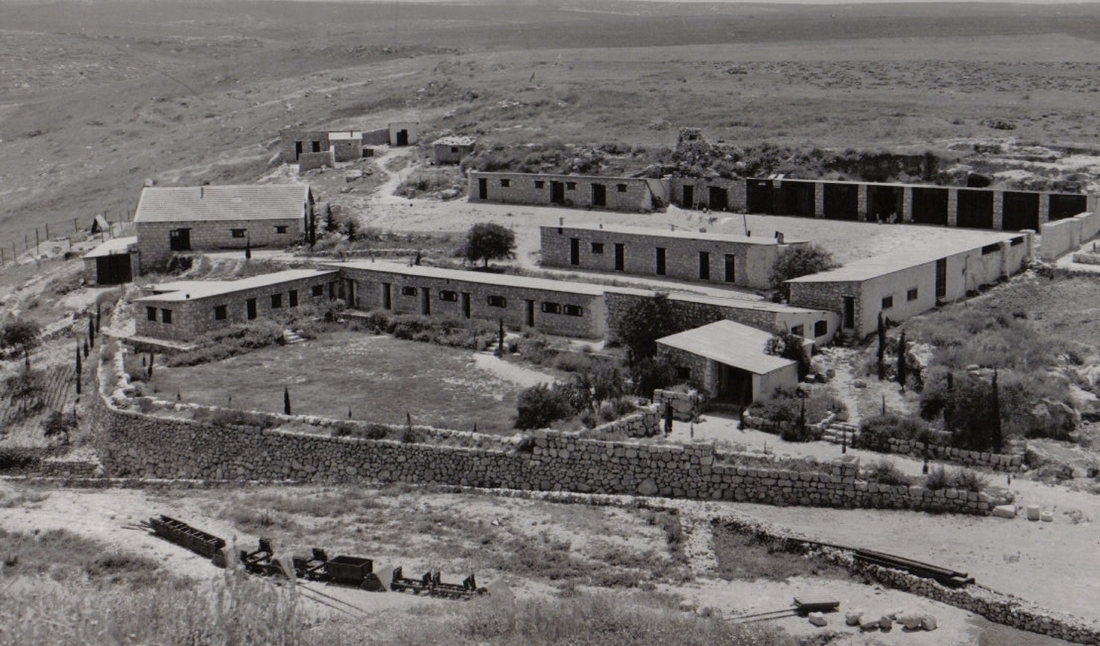
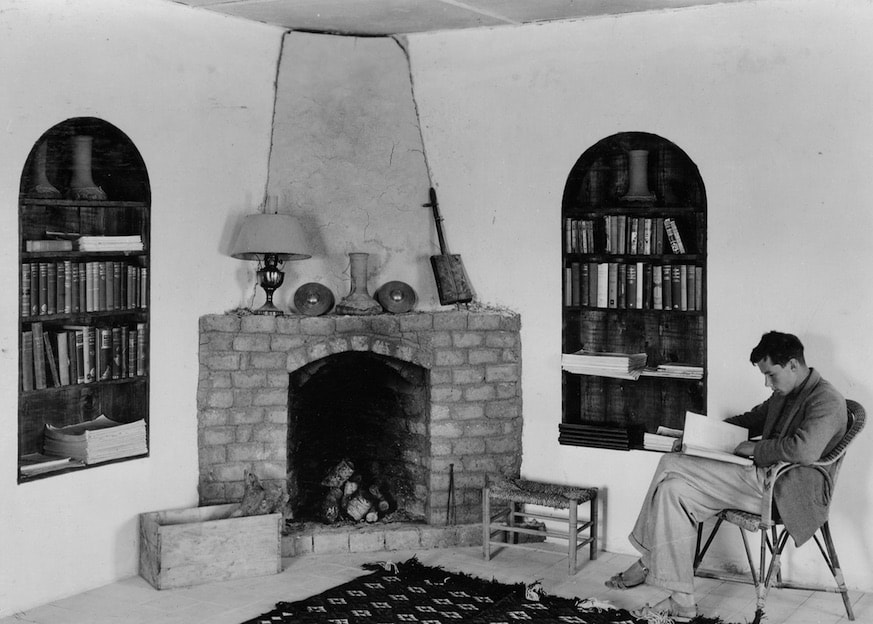
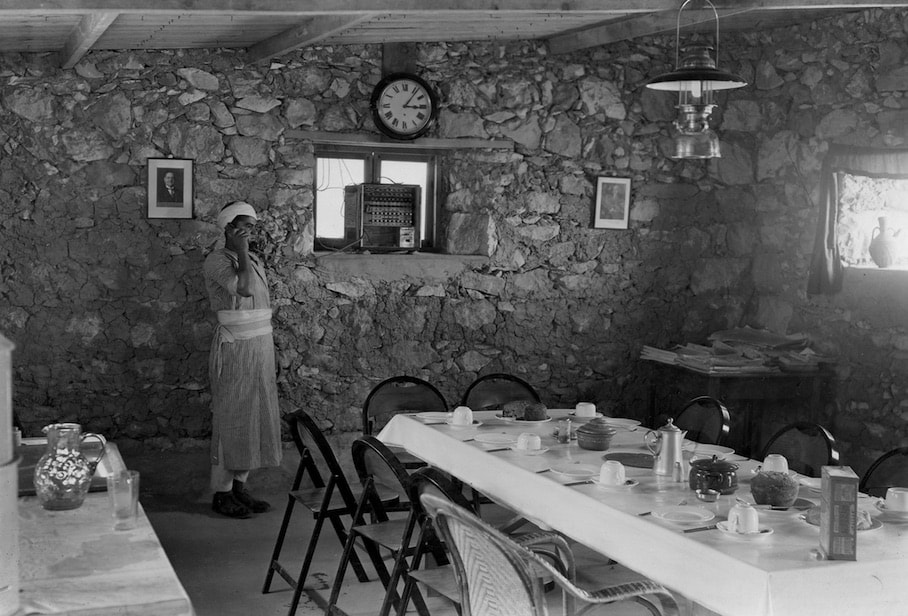
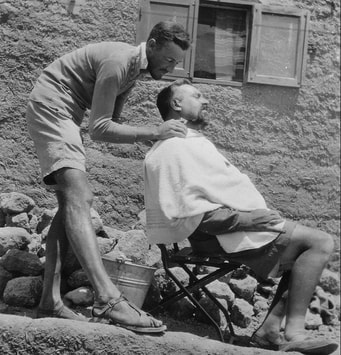
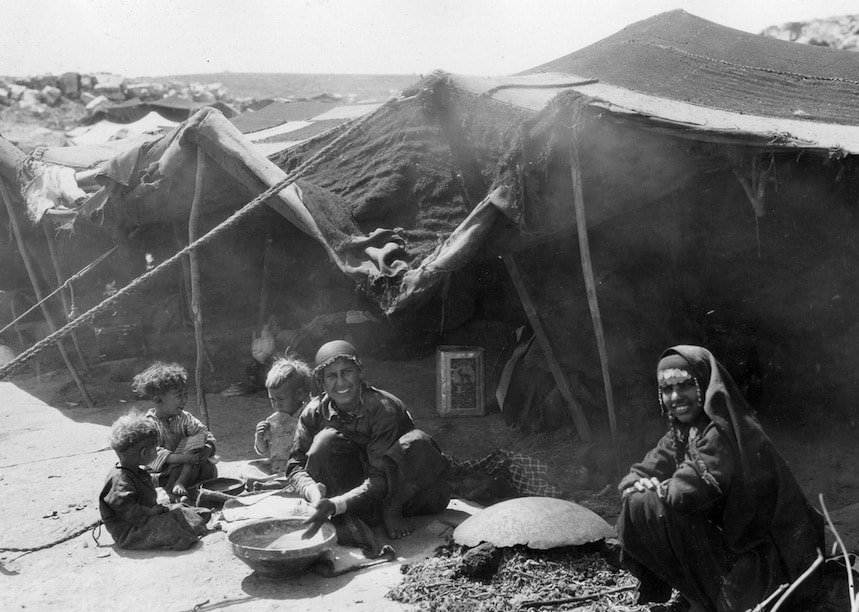
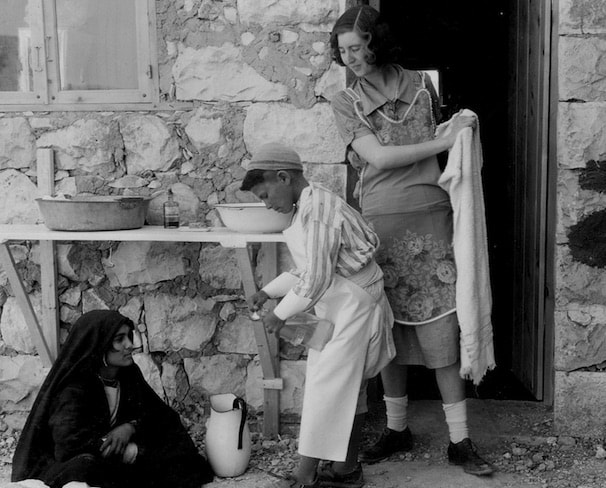
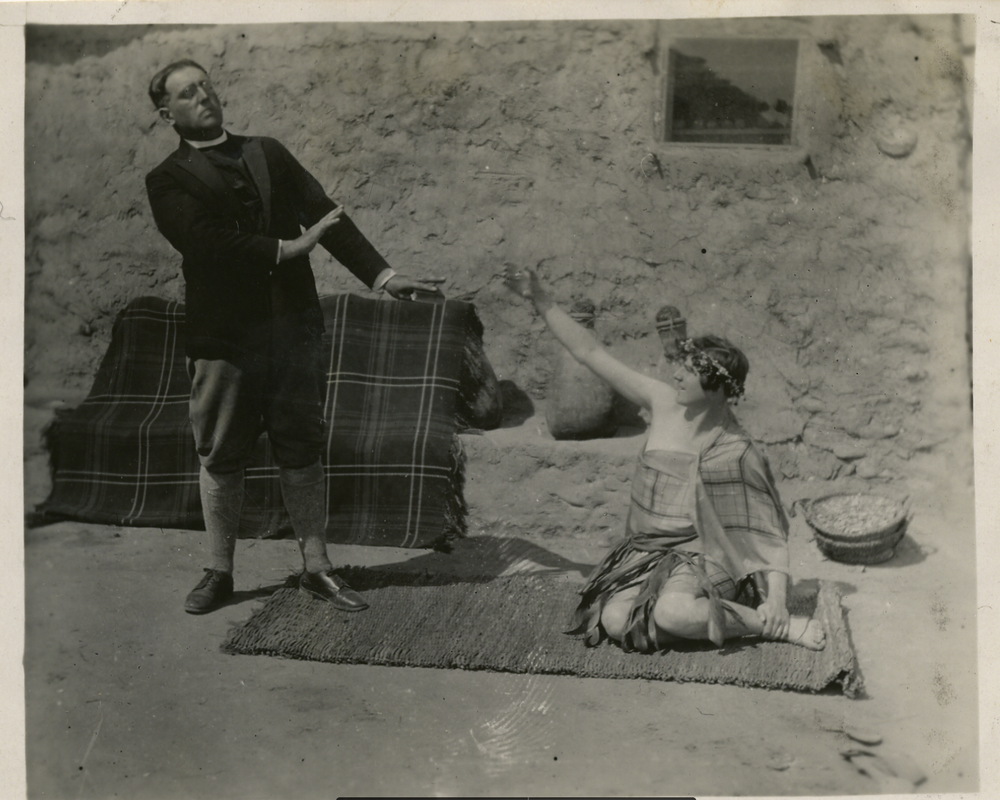
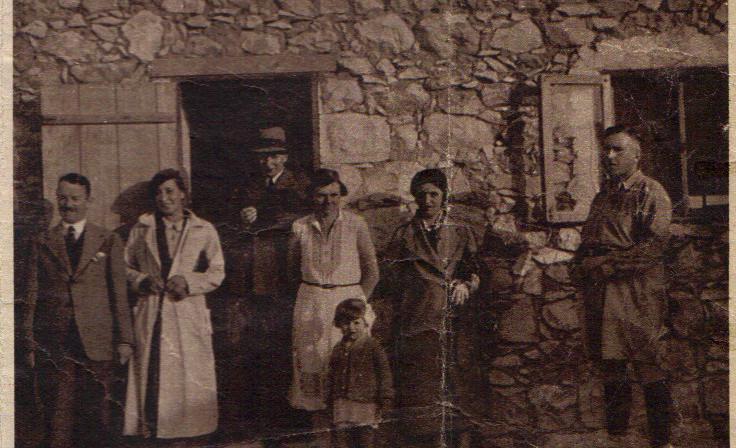
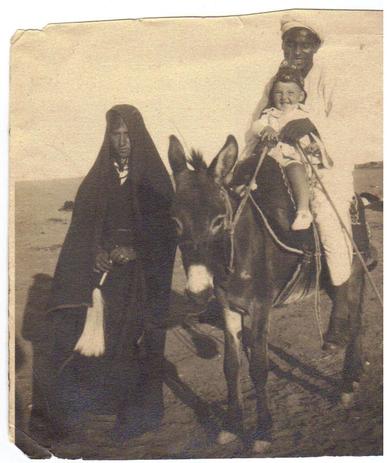
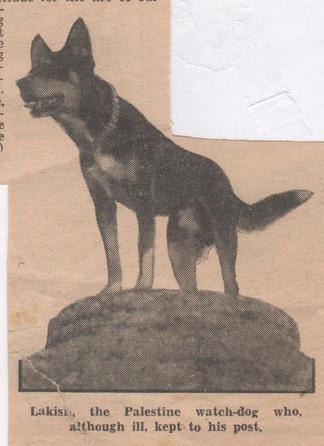
 RSS Feed
RSS Feed

